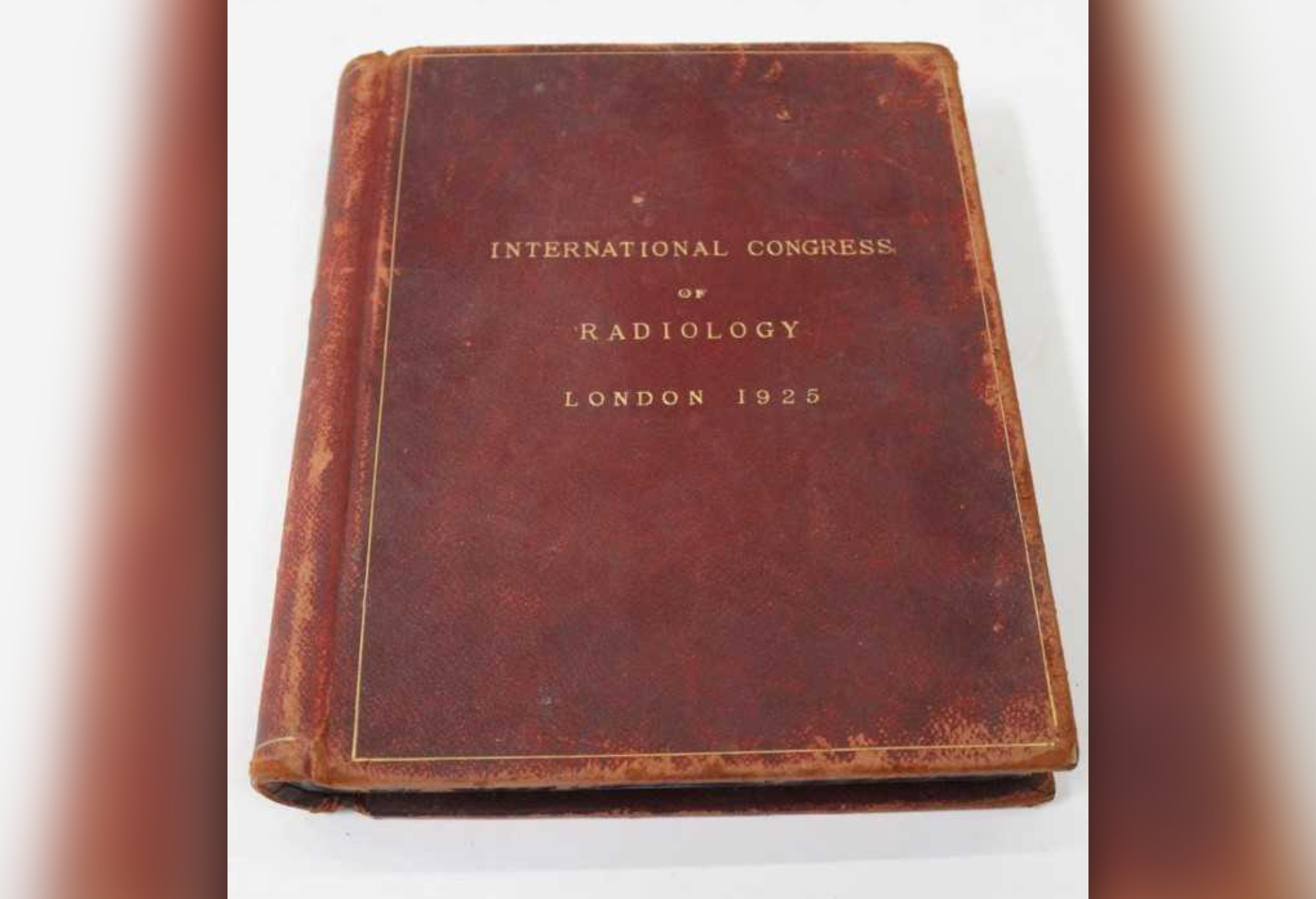
Setting Radiation Protection Standards: The First International Conference of Radiology in 1925
Maria Rentetzi and Aske Hennelund Nielsen
“The First International Conference of Radiology will go down in medical history as the greatest achievement of organized radiologists.” This is how Albert Soiland, a key figure in establishing radiology as an independent medical faculty in the US, described the event that took place from 1 to 4 July, 1925 in London. The conference attracted the interest not only of a large number of radiologists but also “the most distinguished scientists from every civilized country in the world.” Soiland was right. The American delegation, around 63 of the most important radiologists in the country, were scheduled to travel on the luxurious ocean liner Mauretania. Travelling with one of Britain’s most expensive and fastest superliners proved challenging for the American radiologists. William Stewart, the US member of the congress’s arrangement committee reported that “so much objection was made to the expense of travelling” that the group had to book with the modest US owned America ocean liner. Attending a conference in these days required an extended effort, long hours on trains and ships, at least a week transit of the Atlantic Ocean by ship for North Americans and even longer ocean transits for the Japanese or Australian colleagues. But the trip certainly paid off. The British colleagues were delightful as hosts. The editorial note in Acta Radiologica (July 1925) highly praised the British who were able to bring “the ray-men from all parts of the world” and make the event such a remarkable success. Indeed, at the time radiologists were men. Women radiologists, such as the British Florence Ada Stoney or the German Alice Ettinger, stood out as odd exceptions. Women had a presence as wives who accompanied their husbands to their trips. “The Ladies’ Committee were especially gracious and kind” Soiland declared “in providing real entertainment for the visiting ladies.”
In addition of being highly international, the Congress proved to be also significantly interdisciplinary. Surgeons and radiologists sat around the same table to discuss probably the most pressing problem of their time: the standardization of radiation dosage in medical practice. As Arthur W. Erskine, president of the Radiological Society of North America noted, the most important decision of the congress was “to authorize the appointment of an international committee to consider the establishment of an X-ray standard of intensity and an X-ray biological unit.” Radiologists and physicists also crossed paths on sessions concerning standardization having the British Nobel laureate William Bragg reporting on the physical aspects and the French virologist Antoine Béclère presenting the medical standpoint. But as radiologists across the world were gathering in international congresses to define radiation units and safety standards forming new scientific international organizations, the pioneers of radioactivity such as the French and Austrian groups were gradually sidelined.